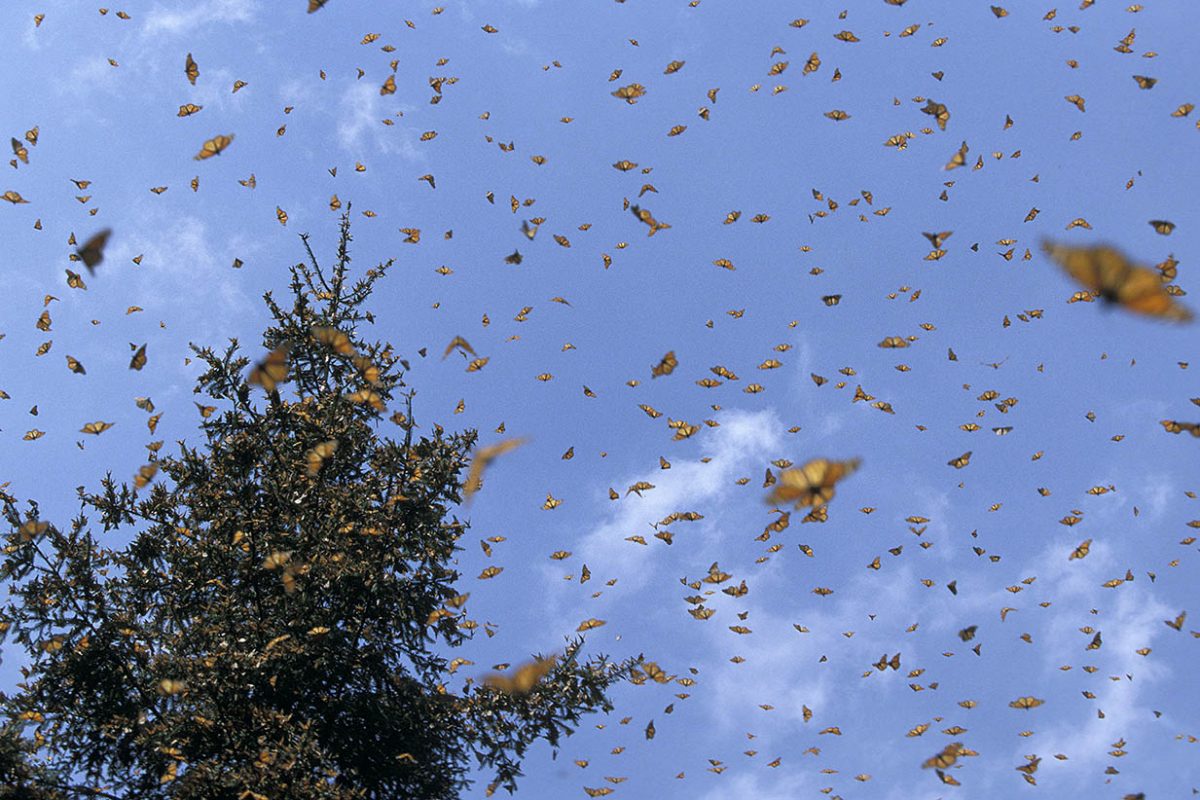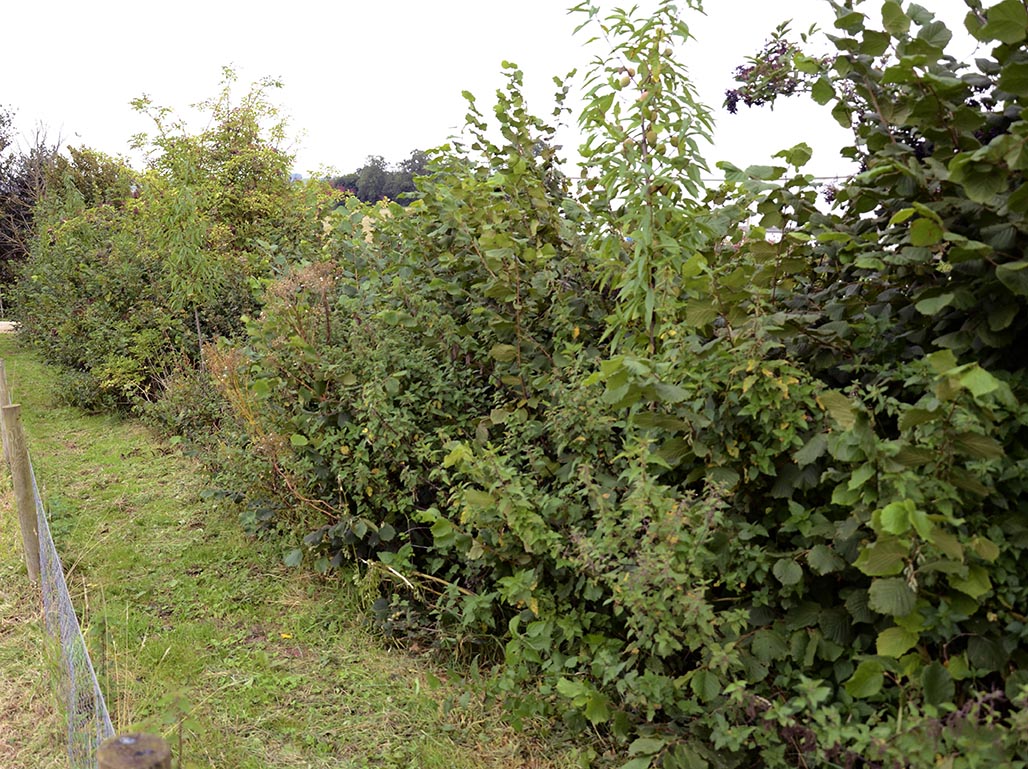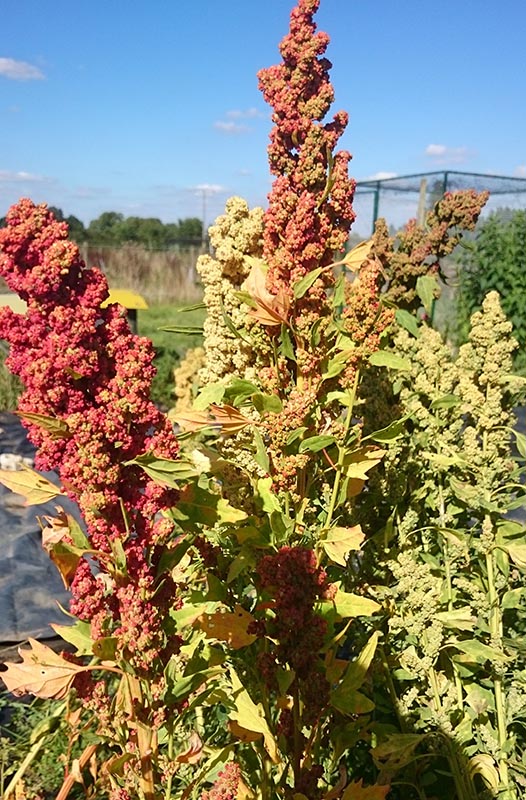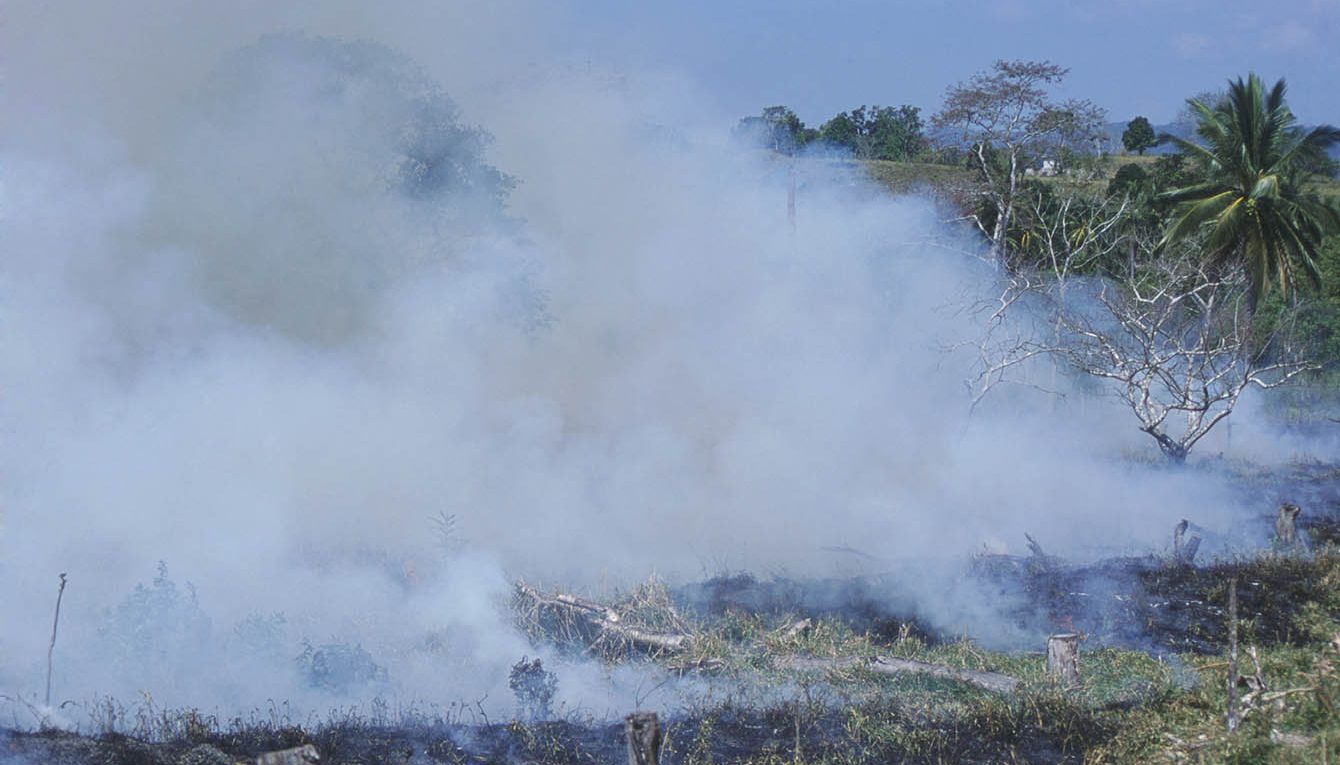Voting with my fork – plant foods I am going to miss
Sometimes, I wish I didn’t know the backstory to some foods, so I could happily buy them at the local shops and not think twice. But I do and here is my list of foods I won’t be buying again plus others that will require careful buying choices. Some decisions are based on environmental reasons, such as peat, deforestation, while others are ethical such as the price paid for cocoa and vanilla, or the involvement of slave labour. It’s difficult, but there are alternatives and of course the best way forward is for all of us to grow as much food as possible and avoid processed foods.
1. Button mushrooms and peat
What’s wrong with mushrooms? Quite a lot. I love button mushrooms but sadly they are no longer in my shopping basket. And its all to do with peat. Mushroom growers use peat as a casing when growing the mushrooms. In fact, they use quite a lot, one major commercial grower in Lincolnshire uses 250 tonnes a week. So, no more button mushrooms unless the grower can assure me they are grown peatfree. Fortunately, there are alternatives such as shiitake and oyster mushrooms, but the cost is much more. I haven’t use peat-based composts in the garden for decades and I am not going to buy any food crops grown in peat. Peat should stay in the ground where it helps to combat climate change and support a unique assemblage of plants and animals (there’s more on peat in my peat blog)
2. Avocado – deforestation, water use, air miles and drug cartels
Another food that I love – when perfectly ripe! I was horrified to read that the boom in avocado has lead to deforestation in Mexico that is threatening the pine forests where the monarch butterflies overwinter. And the story around avocados grown elsewhere is just as bad.
When I was growing up there were hardly any avocados on the menu. Their rise to popularity started in the 1990s. They were expensive and took ages to ripen. Now they are used every which way – in sandwiches, on toast, for breakfast, as a key ingredient in vegan chocolate cake etc. The surge in the popularity of the avocado around the world has been phenomenal – in the States, where the brunt of this surge has been seen, consumption is more than 4.5 billion avocados a year and now the Chinese have caught on ….
To witness deforestation first hand is something you will never forget. I came across deforestation in Malaya in the 1990s when I saw devasting scenes of once beautiful rainforest – home to lemurs and other primates, countless birds, insects and plants and more – razed to the ground for rubber and oil palm and we all know how that story has progressed.
Most of the US avocados come from Mexico where the rush to plant avocado orchards is causing deforestation on a vast scale – its oil palm all over again, and it’s also funding Mexican drug cartels. The target in Mexico is the pine forests of Michoacan – the very forests where millions of monarch butterflies overwinter. I have not witnessed it but the sight of millions of butterflies roosting the trees is described as one of the natural wonders of the world. I get excited when I walk through my meadows and see clouds of butterflies lifting around my head, so the sight of millions must be truly amazing.

But it’s not just deforestation which is bad enough. It’s the water they use – it takes as many as 1,000 (yes 1,000) litres of water to grow a kilo of avocados, along with the fact that deforestation is affecting the water holding capacity of soils, leading to erosion and less water being held in the soil and less carbon being taken up by the trees. Very few of the avocado orchards are managed organically, they are sprayed and sprayed, so polluted water laden with pesticides is getting onto local water supplies, affecting the health of workers and locals, and then the fruits are transported around the world – more carbon. There are avocado orchards around the world and they are causing problems in Chile and Peru where water is already in short supply.
Is there any source of avocado that I can eat? Well, there are a few organic avocado orchards in Spain which are more sustainable, but I wonder about the water.
3. Almonds and water
Almonds are traditional grown in countries with a warm Mediterranean-style climate but they are notoriously thirsty trees. Around 80% of the world’s almonds come from California where the orchards are behind the major water shortages in the state. They are also heavily sprayed with pesticides, so all together not a very environmentally friendly crop. Plus there are concerns over the transporting of thousands of bee colonies to pollinate the almond trees, the practice of migratory bee keeping and its link with colony collapse. The almond boom has seen new irrigated almond orchards changing the landscape in Andalucia in Spain, so much so that the country is now the third largest producer behind the US and Australia.
Fortunately, we can grow almonds in the UK and as the climate warms up the crop may become more reliable. I saw some well established almonds in an edible hedgerow at Huntstile Farm in Somerset and almonds are included in the agroforestry planting at Eastbrook Farm in Wiltshire.

4. Quinoa from South America
In its native South America, the quinoa crop is reeking environmental damage, especially in Peru and Bolivia. This once cheap food, a staple of the local farmers has burgeoned in price and is 500 per cent more expensive. This means the crop is exported and is not for local consumption. What can the shopper do? There is now a UK quinoa crop and you can buy it from Hodmedods.
You can grow your own too. It’s an easy plant to crop. The seed is widely available and grows well in the UK. The only problem that I have found is its similarity to the weed fat hen. I have to sow it in neat rows so I have a chance of identifying the crop from the weed. Quinoa grows tall, well over a metre and is harvested in autumn. And then the fun begins as the seed is tiny of course and winnowing the seed from the chaff is tricky.

5. Madagascan vanilla and dirty money
Vanilla comes from the vanilla orchid, an epiphytic plant, native to the tropical rainforests of Central America. It was first cultivated in Mexico by the Totonacs and then the Aztecs who used it to flavour their chocolate. Later its cultivation spread around the world but the flowers have to be hand pollinated as its natural pollinator the Melipona bee is only found in Mexico. Hence, it’s a difficult plant to cultivate, and the processing to obtain the vanillin-rich beans is lengthy and labour intensive. Not surprisingly, it’s the second most expensive spice after saffron and therein lies the problem. The best quality vanilla comes from Madagascar so it’s the obvious choice when looking to buy some pods. It supplies 80% of the world vanilla. The price in 2013 was $20 per kg, now it’s around $500, more valuable than silver. It’s so valuable a crop that farmers, understandably, are abandoning food crops for vanilla. However, it’s a cut-throat market, with most of the profit ending up with the middle men and the exporters. Most of the people are poor and they have to guard their vanilla vines as gangs travel around looking for plants to steal. Farmers resort to harvesting the beans when they are immature beans and contain less vanillin, resulting in a lower quality product. There is new wealth in Madagascar, with plantation houses being rebuilt, towns are expanding and luxury goods more commonplace, but this boom is not doing the Madagascan people any favours as the vanilla tends to go through boom and bust cycle and when the price drops, there are going to be a lot of problems. So, no more Madagascan vanilla or products using it. I hate to say it but it may be more ethical to buy artificial vanilla flavour!!
Growing your own vanilla takes experience and a tropical environment, but it is possible. There is a blog on this on the First Tunnels website https://www.firsttunnels.co.uk/page/TopofTheCrops-Vanilla
6 Palm oil and deforestation
I look for palm oil on labels too. It’s difficult as it is used in so many food products, but fortunately I tend not to buy processed foods and make meals from scratch, so I can see exactly what goes in my food. For a while I thought sustainable palm oil was OK, but the more I read, the more I am convinced that this could be a bit of a con.
7. Chocolate, deforestation and child labour
No, I am not giving up chocolate! But it has so many ethical issues that I have to be careful where I source my chocolate. Chocolate can contain soya and palm oil, white ethically there is the poverty of the cocoa growers. I visited a cocoa plantation in Costa Rica where I was told about the ethical issues around chocolate which were horrific. Most of the cocoa in the world is grown in West Africa where massive deforestation took place to make space for the cocoa trees. The price paid by the buyers of well-known brands is pitiful, forcing the smallholders who grow the cocoa into poverty and child labour is commonplace. So, I will continue to buy chocolate from brands such as Green and Black and small artisan producers who can vouch for their ingredients. Green and Black was established by Craig Sams following a visit to Belize. The company buys organic cocoa direct from the Mayan farmers and pays a premium – I only hope that under Cadbury’s ownership this still continues.
8. Cashews
Another of my favourite snacking foods. And like the avocado, its popularity has risen steeply in recent years with the demand for the nuts, especially for vegan products such as cashew-milk. Being a legume and nitrogen fixer, the cashew is a useful plant. It’s grown widely in West Africa to help protect and improve soils, especially those that have been ruined by deforestation and desertification. So far so good. But cashews cannot be eaten raw as they contain a toxic ingredient. They have to be roasted, the two layers of shell removed and then roasted again. It’s a dangerous process as its done mostly by hand and when the shell is removed, caustic oils are released that burn skin.
The farmers in West Africa don’t have the facilities to process their crop so the cashews are shipped to Vietnam. I didn’t realise that Vietnam is now the world’s largest cashew processor, a position once occupied by India, and unfortunately it doesn’t have a great record in labour laws. There are cases of children and convicts being put to work in the factories. Much of the processing is done by hand and workers, unless adequately protected, can suffer burns from the caustic oils. From what I read, the Vietnamese government is working to improve this but when buying cashews you need to be aware. Looking at labels, its not easy to see where the cashews have come from. So I stick to organic cashews as I hope the ethics and fair trade of the organic food chain will mean that the workers were treated fairly.
9. Soybeans
Soybeans are linked with deforestation in South America and GM. In fact, most of the US and Brazilian crop is GM now and they don’t make any effort to separate the GM from the non GM stock. But in Europe the food labels have to state whether its GM or not, so read the labels carefully. There are other non-GM sources of soybean including China. Much of the Brazilian soy crop goes into animal feed, but some ends up in plant based food in Europe. There is a moratorium in place in Brazil for growing soybeans on recently deforested Amazonian land, but this doesn’t include the Cerrado. So soybeans from Brazil are still contributing to deforestation.
Like quinoa, you can grow soybeans in the south of the UK. I have grown them for a few years now and I harvest them green as edamame beans which are absolutely delicious. And soybeans are grown across Europe and you can buy organic tofu from European soybeans.




